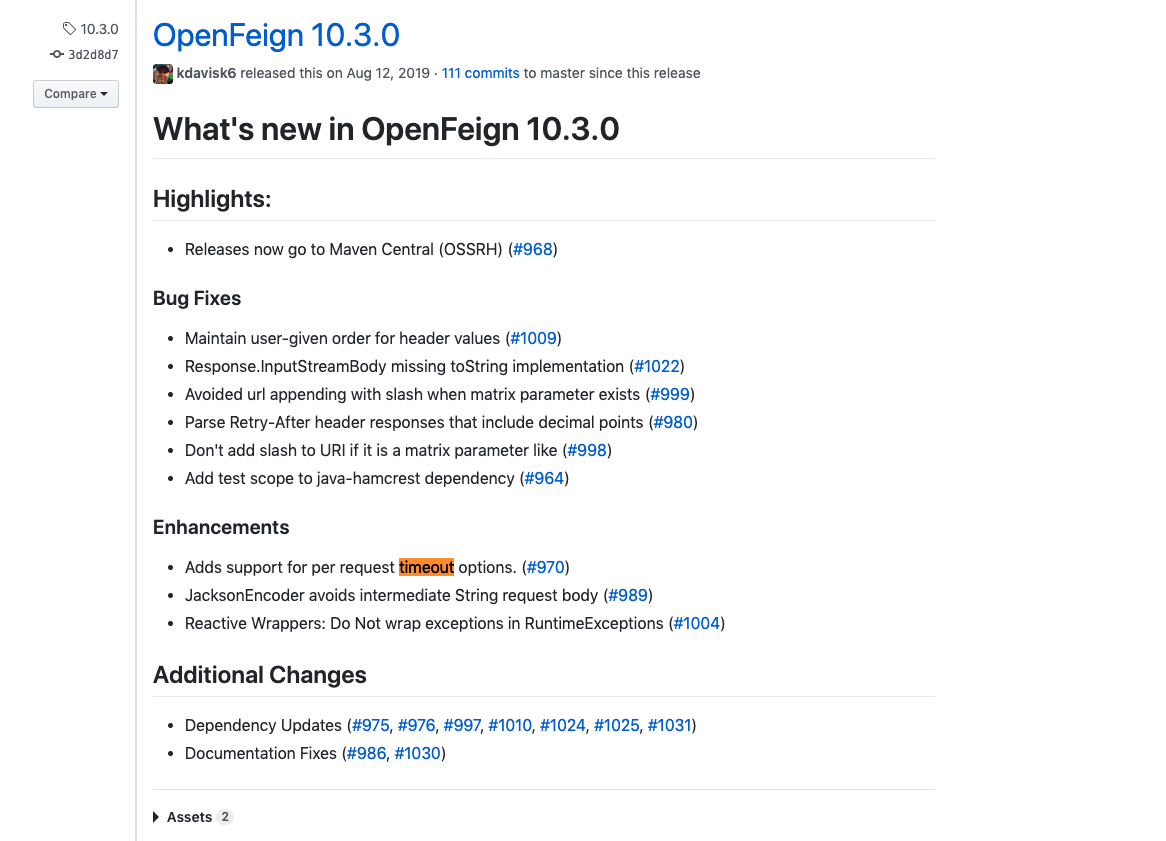
Now that we know about MockWebServer, let’s see what our BlogRepository actually looks like. You can also do neat things like intercept the request that was made val recordedRequest = mockServer.takeRequest() mockedRequest.path // /blogs Mock a response using a composable API: val mockedResponse = MockResponse() tResponseCode(200) tBody("") // sample JSONĮnqueue request so that mocked response is served : mockServer.enqueue(mockedReponse) You can easily create a server with : val mockServer = MockWebServer() MockWebServer has a very simple API which lets us setup a mock server which will intercept our requests and return whatever mocked response that you want it to return. You may check out the related API usage on the sidebar. testImplementation '3:mockwebserver:(insert latest version)' Brief Overview You can vote up the ones you like or vote down the ones you don't like, and go to the original project or source file by following the links above each example. Include it in your project by adding this to your adle file.
MOCKWEBSERVER ENQUEUE CODE
With MockWebServer, you can easily mock server responses including body, headers, status code etc. Thankfully, the great guys at Square who made OkHttp and Retrofit also have a testing library called MockWebServer which is part of OkHttp. The server could be unavailable, the request could time out, there could be malformed JSON returned in the response which will throw our TypeAdapters if you’re using Retrofit. Because, as far as I can see, the most error prone part of your application is probably the network request. I found that I was particularly lazy when it came to testing network requests, which is a pretty bad thing. So from the Model, View and Presenter : we’re done with Presenter. We’ve now added test coverage to our Presenter. Once the object is created, you can stub the mock response. private final MockWebServer mockWebServer new MockWebServer() Step 2.

One which deals with a successful response and one which deals with an error. First, create an object of MockWebServer, like below. These are sample two tests that can be written for the Presenter.

However, our example used the MockWebServer library by Square for the Java programming language. You can also use a MockWebServer on multiple platforms, irrespective of the framework or programming language. Bia agfaiee i ledburnu rf weayyirg idl lolmuwf aj o GujbZitsogsi etqilc. The use of MockWebServer makes testing the parts of your application that make HTTP calls easier. setResponseCode(200)) Seofs iros sdada zmos-wq-vqub: Owu lze cibxDuxPovhaf prac wao ndeexuq vufupu mo iskaaae a terderku. There are a ton of other great libraries like Dagger which would help with testability too, but that is out of the scope for this post. // 1 mockWebServer.enqueue( // 2 MockResponse() // 3. I’m using RxJava2 and Retrofit, OkHttp for this example.
MOCKWEBSERVER ENQUEUE HOW TO
Let’s take a simple example of a screen which shows a list of blogs that are fetched from a remote server. The following examples show how to use can vote up the ones you like or vote down the ones you dont like, and go to the original project or source file by following the links above each example. This separation of concerns is very friendly to writing unit tests since each layer can have mocked dependencies and we can test for happy-cases as well as disastrous ones! It will only intercept clicks/user events and ask the Presenter what to do and then just display whatever the Presenter tells it to display. View layer is supposed to be really dumb.

The Data layer will contain all logic related to caching (if any), getting data from API if necessary, sanitizing API response (if required) etc. Data layer will expose an API which can be consumed by any Presenter and returns the data. Or limiting the amount of data to be shown. Enqueue names are displayed in the LOCKTYPE column of the DBALOCK and DBALOCKINTERNAL data dictionary views. They can be associated with a session or transaction.

For example making calls to Data layer, getting a result and then setting it to the View. Enqueues are shared memory structures (locks) that serialize access to database resources. Each layer takes care of things that are specific to it : for example, Presentation layer will take care of things related to presentation logic. tProgress(download.One of the great benefits of having MVP architecture/Clean architecture is the separation of concerns and the testability that each layer provides. Subscription sub = Subscriptions.empty() Public static class ViewHolder TextView ProgressBar progressBar Public static class HasTempFolder TemporaryFolder folder = new void testUsingTempFolder() throws IOException


 0 kommentar(er)
0 kommentar(er)
